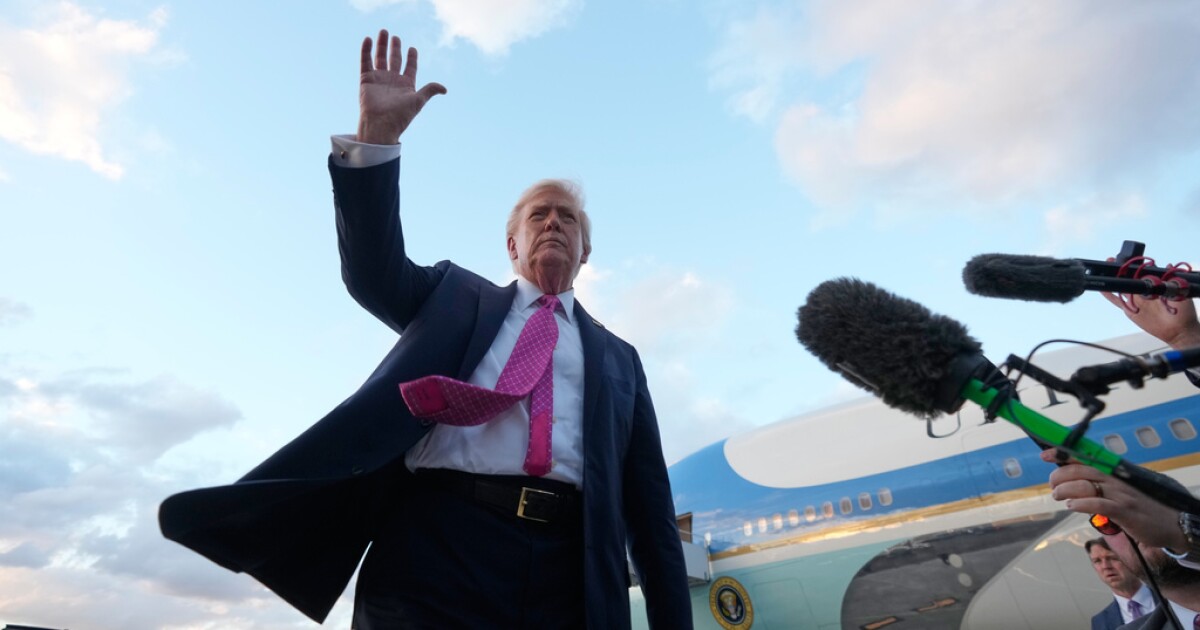Copyright newskarnataka

Bengaluru: The Karnataka government has announced a significant overhaul of the state’s emergency medical response system, with plans to take complete control of the 108 ambulance service from the private operator currently managing it. The transition, set for January next year, aims to improve accountability, coordination, and response times across the state. According to officials, the government will set up a dedicated command and control centre to handle emergency calls, dispatch ambulances, and coordinate with hospitals. An IAS officer has been appointed to lead the new framework, signalling the state’s intent to bring greater efficiency and oversight to one of its most vital public services. “This marks a major step towards bringing the ambulance service — a critical public service — under government control,” said Harsh Gupta, Principal Secretary, Health Department. “Currently, the service is run by a private agency, and the government is not satisfied with its performance. Hence, it has decided to operate it under its own control.” Command centre to serve as operational hub The soon-to-be-established command centre will serve as the nerve centre of the restructured emergency response network. It will manage call handling, fleet deployment, and medical coordination in real-time, ensuring faster responses and better patient outcomes. In its latest order, the government has sanctioned four top-level administrative positions for the centre — Executive Director (an IAS officer), Deputy Director (Operations), Deputy Director (Emergency Medicine/Public Health), and Deputy Director (Finance/Logistics). Officials confirmed that the command centre will work in tandem with a State Programme Management Unit (SPMU) and District Programme Management Units (DPMUs) to ensure seamless coordination between field staff and hospitals. Over 3,600 posts approved for recruitment To support the transition, the state has cleared the recruitment of 3,631 personnel, including 1,700 emergency medical service professionals. The recruitment process began in early October and is expected to be completed before the new system goes live in January. Each district will also have locally recruited ambulance drivers, a decision aimed at improving response times. “Local drivers are familiar with their routes and can reach hospitals more quickly and efficiently,” said a senior health official. “This will be a crucial factor in improving the overall performance of the service.” Successful pilot in Chamarajanagar The move follows a successful pilot project in Chamarajanagar district, where the Arogya Kavacha service was fully operated under government control. The pilot demonstrated improved coordination and faster emergency responses, convincing policymakers to expand the model statewide. The health department’s next step involves upgrading existing infrastructure and integrating data systems to create a statewide emergency response network that aligns with national health mission standards. Government aims for transparency and accountability One of the key motivations behind the takeover is to bring greater transparency and efficiency to the ambulance service. Officials have cited delays, coordination lapses, and lack of accountability as persistent issues under private management. The new model is expected to allow real-time monitoring of ambulance movement, response times, and patient feedback, ensuring performance metrics are met. The Health Department will also have direct access to operational data for policy-making and service evaluation. “Our aim is not just to manage the service but to modernise it,” Gupta added. “The new system will integrate GPS-based tracking, automated dispatch mechanisms, and a patient follow-up protocol to ensure quality emergency care.” Looking ahead With the 108 ambulance service set to come entirely under state management by January 2026, officials hope to set a benchmark for emergency healthcare delivery in India. The state’s integrated model could serve as a blueprint for other states seeking to improve emergency response efficiency through direct governance. The health department has urged citizens to cooperate during the transition phase, promising minimal disruption to existing emergency services. “Once the system is operational, people will experience quicker, more reliable emergency care,” an official said.



